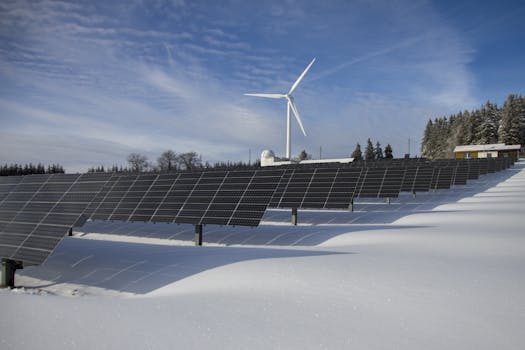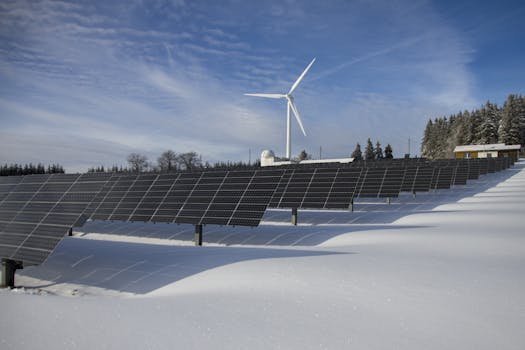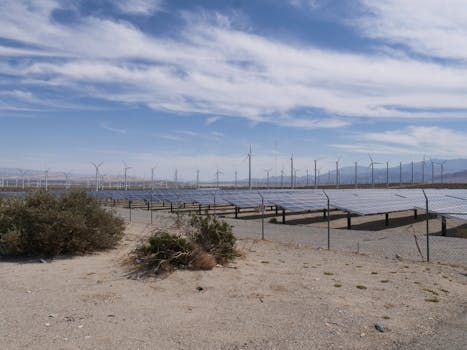
The Essential Role of Mechanics in Advancing Renewable Energy Technologies
Takeaways: Mechanics play a vital role in the design and operation of renewable energy technologies. Understanding mechanical principles helps optimize energy systems, enhance efficiency, reduce costs, and drive innovation in sustainable energy solutions.
As the world shifts towards sustainable energy sources, the importance of mechanics in renewable energy technologies cannot be overstated. Mechanics, the branch of physics concerned with the behavior of physical bodies when subjected to forces or displacements, plays a crucial role in the design, construction, and operation of renewable energy systems such as wind turbines, solar panels, and hydroelectric plants. This article delves into the various ways mechanics contributes to the advancement of renewable energy technologies.
Understanding Mechanics in Renewable Energy

For instance, in wind energy, mechanics is essential in the design of wind turbines. Engineers must consider factors such as aerodynamics, structural integrity, and material fatigue. The blades of a turbine are designed to maximize lift and minimize drag, ensuring that the turbine can harness the maximum amount of wind energy. Mechanics helps in calculating the optimal blade shape and length as well as the materials that can withstand the stresses imposed by high winds.
Moreover, the mechanics of rotating bodies is crucial for the turbine’s generator system, which converts mechanical energy into electrical energy. Understanding gyroscopic effects and balance ensures that the turbine operates smoothly, reducing wear and increasing its lifespan.
Mechanics in Solar Energy Technologies

Furthermore, the orientation and angle of solar panels are crucial for maximizing energy capture. Mechanics plays a role in the development of tracking systems that adjust the panels’ position throughout the day to follow the sun’s path. These systems often involve gears, motors, and sensors, all of which are designed based on mechanical principles.
In addition, emerging technologies like concentrated solar power (CSP) systems utilize mirrors or lenses to focus sunlight onto a small area, often using mechanical components to track the sun. The precision and efficiency of these systems depend on the mechanical design and understanding of optics, materials, and thermal dynamics.
Hydroelectric Power and Mechanical Innovations

Innovations in turbine design, such as the development of more efficient blade geometries and materials, are driven by mechanical analysis. Understanding fluid dynamics and the interaction of water with turbine blades is essential for improving the overall efficiency of hydroelectric plants.
Additionally, mechanics is crucial in the maintenance and operation of these systems. Predictive maintenance strategies often rely on mechanical assessments to identify potential failures before they happen, ensuring the reliability of renewable energy sources.
Conclusion







